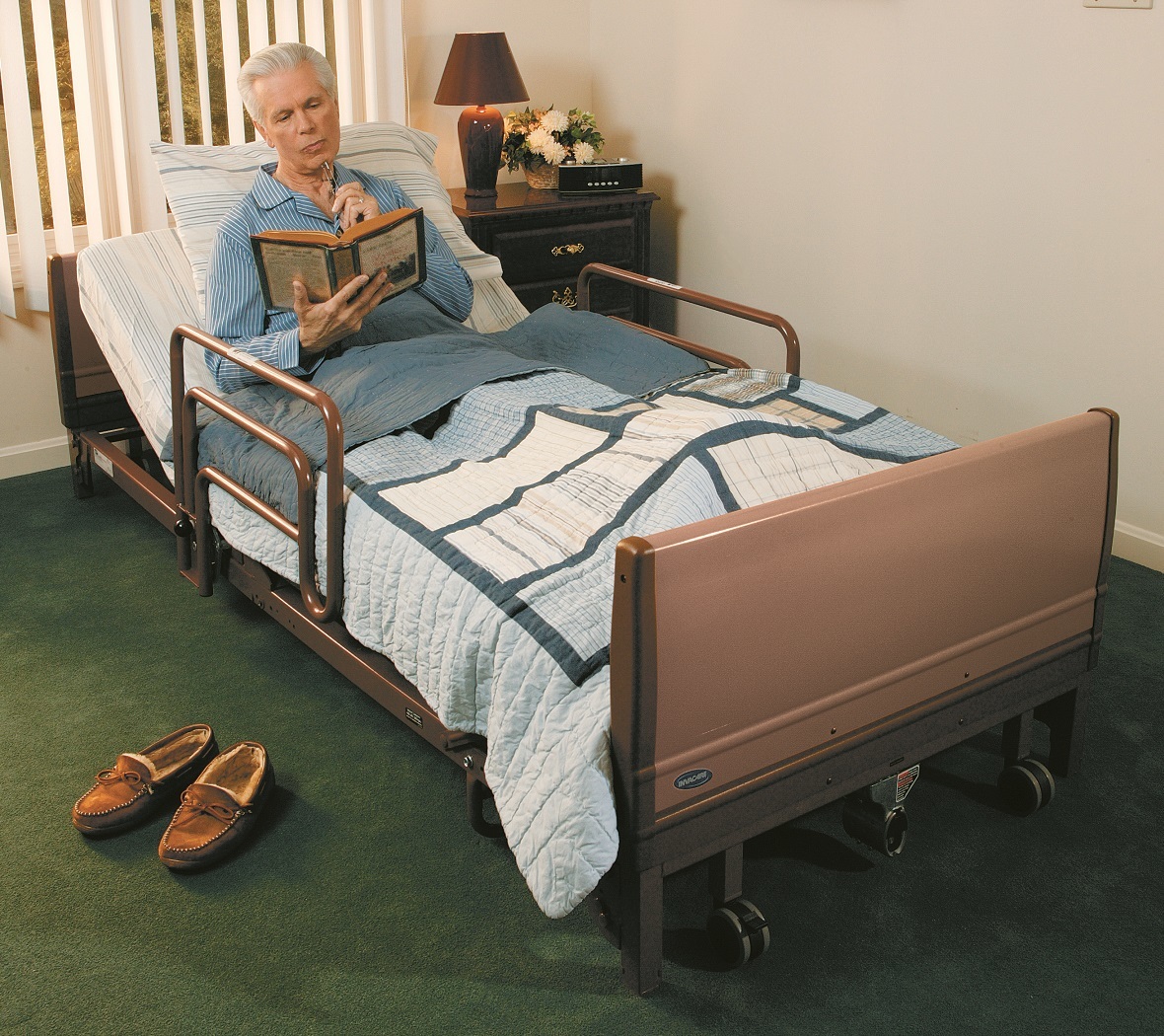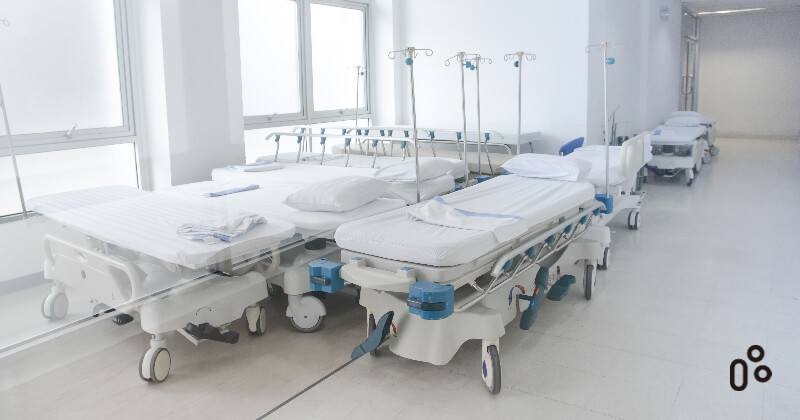Unknown Facts About Hospital Beds For Home Use
Unknown Facts About Hospital Beds For Home Use
Blog Article
The Hospital Beds For Home Use Statements
Table of ContentsAll about Hospital Beds For Home UseThe 8-Minute Rule for Hospital Beds For Home UseSome Known Factual Statements About Hospital Beds For Home Use Our Hospital Beds For Home Use PDFsOur Hospital Beds For Home Use DiariesHospital Beds For Home Use - TruthsThe Ultimate Guide To Hospital Beds For Home Use
There are three major kinds of healthcare facility beds: handbook, semi-electric, and fully-electric. More kinds of medical beds exist and they are detailed below. These beds utilize hand cranks to readjust the bed's height and elevate and lower the head and the foot. Hand cranks are commonly found at the foot of the bed and require an individual that is physically with the ability of operating.
Semi-electric beds have an electrical motor to raise and lower the head and foot parts of the bed (hospital beds for home use). Full-electric beds have an electrical motor that can elevate the head and foot sections of the bed as well as the whole height and positioning of the bed.
Hospital Beds For Home Use Fundamentals Explained
There are a number of kinds of medical facility beds, each designed to fulfill specific individual needs. Here are some typical types: This is the most usual type of medical facility bed, designed for basic clinical usage.
Reduced to the ground than a common bed. This kind of bed is developed for larger people, with a wider structure and greater weight capacity than a common bed.
This kind of bed is designed for critically unwell patients who need open monitoring and specialized clinical equipment such as ventilators and mixture pumps. This type of bed is designed for use during labor and shipment, with flexible placements and features to sustain the mother and infant throughout the birth process.
10 Simple Techniques For Hospital Beds For Home Use
Numerous feature and the devices execute expanding grip to different components of the vertebra and the extremities without relocating the human body. These are simply a few instances of the kinds of healthcare facility beds offered. The certain sort of bed used will depend on the person's condition, medical needs, and various other factors.
Here is the point you require to recognize. A one-function health center bed is a clinical bed that permits an individual to move only the head or foot area up or down. A 2 feature healthcare facility bed commonly refers to a type of clinical bed that has two adjustable features to assist clients in healthcare facilities or care centers.

Indicators on Hospital Beds For Home Use You Need To Know
A 7-function ICU bed is a kind of clinical bed that provides a number of flexible features to sustain critically unwell individuals in a critical care unit (ICU) (hospital beds for home use). The 7 features generally consist of: Back-rest change: The back-rest can be changed to various angles to help the person rest up or relax pleasantly
Elevation modification: The bed can be elevated or lowered to make it easier for patients to enter and out of bed, and for caregivers to supply treatment. Trendelenburg setting: The entire bed can be tilted to promote blood circulation and flow in the body. Reverse Trendelenburg setting: The bed can additionally be slanted in the contrary instructions to advertise blood circulation and blood circulation in the top body.
While more inexpensive than electric designs, these beds need physical effort for changes. The primary advantages of hands-on beds are their price and reliability, as they don't depend on power. Nevertheless, the demand for hand-operated effort can be a limitation in scenarios where fast changes are needed or where caregivers face physical obstacles.
Some Of Hospital Beds For Home Use
They are well-suited for clients who call for very little repositioning for convenience or clinical requirements. Semi-electric health center beds use a balance of guidebook and electric controls. The head and foot sections are normally readjusted with electric controls, while the height is changed by hand. These beds supply an optimal happy medium in between manual and completely electrical alternatives, providing simplicity of usage without the full cost of electric designs.
Semi-electric beds are appropriate for patients who need modest changes to the head and foot areas but can take care of without frequent elevation modifications. This makes them an affordable option for those looking for convenience and benefit without the requirement for consistent repositioning. Fully electric link medical facility beds feature electric controls for seamless adjustments to the height, head, and foot areas.
Specialty hospital click over here now beds, such as ICU beds, lasting treatment beds, and bariatric beds, are thoroughly developed to resolve specific medical requirements. These beds use tailored look after diverse individual groups, boosting both end results and comfort. In the complying with areas, we will explore the main types of specialty medical facility beds, outlining their particular benefits and applications.
With years of experience in manufacturing electrical linear actuators - hospital beds for home use and close collaboration with the health care market, TiMOTION is well-positioned to give dependable health care solutions. Our up and down incorporated company takes care of every action of the production procedure, from style to actuator assembly, guaranteeing we supply remarkable value and personalized options tailored to your particular demands
Some Known Details About Hospital Beds For Home Use

For more information concerning integrating these modern technologies right into your products, call us today. Additional reading:.
Data is sourced from the Medicare Cost Record.

The Ultimate Guide To Hospital Beds For Home Use
A medical facility bed is a bed developed specifically for clinical objectives. It is not only an area for clients to rest, however also a platform for clinical operations. Unlike normal home beds, healthcare facility beds typically have adjustable functions, which can assist in medical staff to make numerous changes according to the requirements of clients, such as changing the height, disposition, and this article assistance angle of the back and legs of the bed.
Report this page